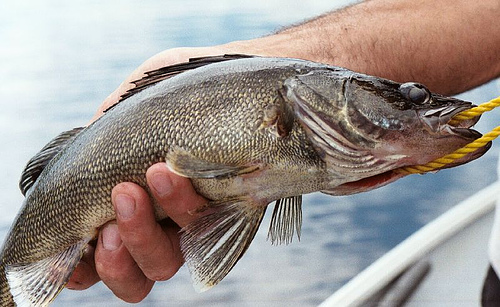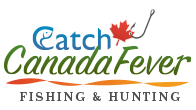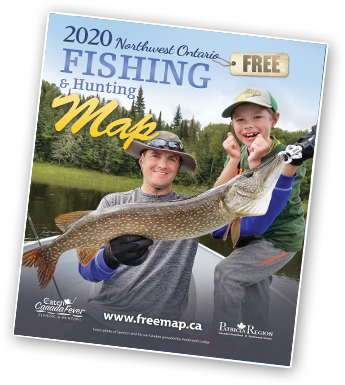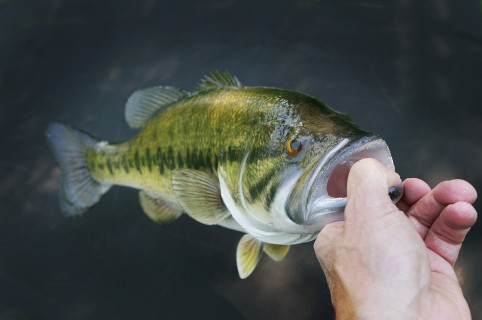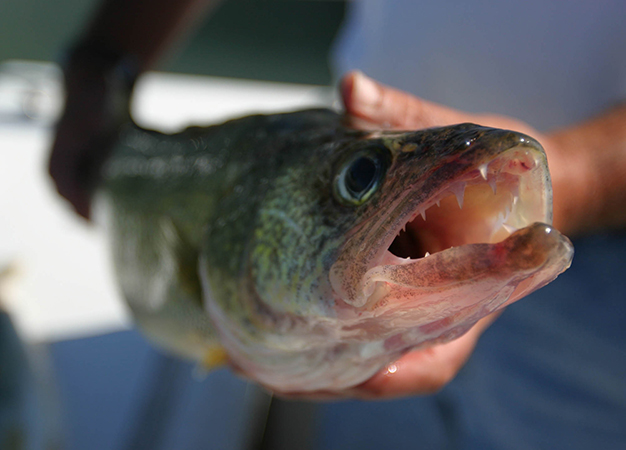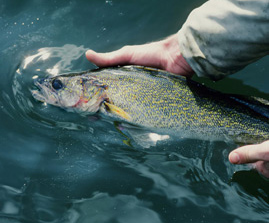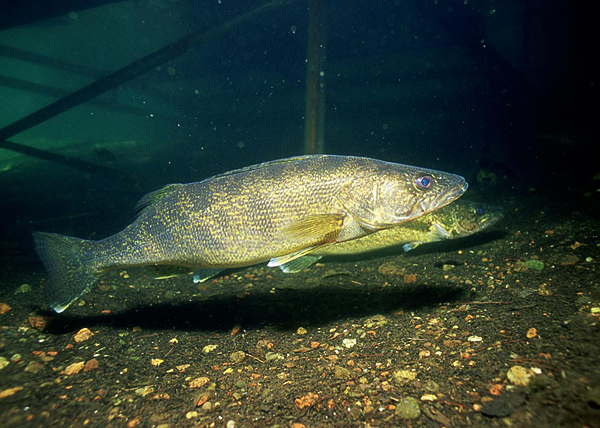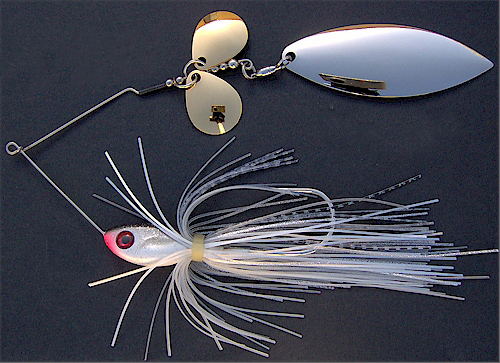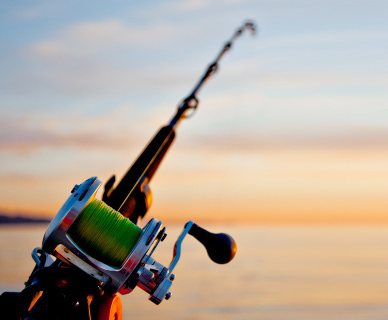Using worms as bait is often scoffed at by most anglers now a days, but this tried and true bait still works to catch the lunkers. Worms are the most versatile bait in the walleye angler’s arsenal. Crawlers work in the cold water of spring and fall, and during the hottest days of summer. They catch walleye in rivers and lakes. These fish like the smell, look, and feel of a worm. Yet many anglers, weaned on television fishing shows and endless super-lure infomercials, consider live-worm fishing passe, even vaguely dirty.
Read More ...
Simple article describes how walleye change their home-range when winter sets in as well as the fish change their eating habits. Sometimes walleye establish a smaller home-range during the winter, usually only a fraction of the size of their summer range. On smaller lakes walleye generally stay close to most traditional structures such as steep-breaking humps, deeper portions of long points and deep saddles.
Read More ...
This article contains critical information regarding water clarity and how it relates to catching elusive small and largemouth bass. It is broken down into sections based on visibility and what tactics to use. In truth, water clarity can be one of the most important elements in locating small and largemouth bass, especially when you correlate it with time of season.
Read More ...
Michael Bilsbarrow, a Patricia Region resident, shares some common strategies and angling methods practiced and perfected on the Lac Seul reservoir. These tried and true techniques consistently land trophy fish off of this gargantuan body of water. Local knowledge is no doubt a great asset when it comes to fishing a big lake like this one and most fish camps and resorts on the lake offer guide services. On your first trip to Lac Seul you would be well advised to engage the services of one for at least a day or two.
Read More ...
Writer explains just why the walleye bite can be so good in the autumn months. He also details various tips/strategies for angling and landing good sized fish in changing conditions on the lake. During the months of September, October and november; in the Upper United States and Canada, patterns develop that may land you your biggest/best walleye of the year. If you follow the progression of the season, you may catch big hog walleye up until the ice forms.
Read More ...
Walleye really turn on at dawn and dusk. the walleye’s unique eye structure gathers light better than a squirrel-on-steroids gathers nuts, and this gives the walleye a huge advantage at low light times. It’s like walleye are wearing night-vision goggles while they are feasting on those helpless little yellow perch.
Read More ...
Trolling spinner baits allows you to quickly probe prime locations, such as weed-flats and break lines, searching for actively feeding fish to enticing neutral ones to strike. Muskie trolling spinnerbaits allow you to quickly probe prime locations, such as weed-flats and break lines, searching for actively feeding fish to enticing neutral ones to strike.
Read More ...
When I started fishing for muskies, I spent countless hours casting big bucktails, jerkbaits and top-water plugs over shallow weed flats without so much as a promising follow. It was suggested to me that I try trolling… “”Troll for muskies in four feet of water?” I commented. “I’ll be hanging up in weeds all day.” Initially, I got caught on the weeds, and lots of ’em. Every couple of minutes I had to stop to remove dense green cabbage from my line and lures…
Read More ...
Trolling crankbaits is a great technique and teacher when it comes to finding bass. Pay attention in class this summer and you’ll graduate with honours in crankbait fishing from Bass U. Fish are creatures of habit. They follow behaviour patterns that keep them safe from predators, physically comfortable, and well fed. It’s a matter of life and death. If a bass is having its best luck feeding on top of a reef during a west wind, you can be sure it will be there every time those conditions occur.
Read More ...
Gord Ellis, shares a small story and some great tips on how to pack/prepare for an extended trip canoeing/hiking or at your favourite fly-in destination, here in “Canada’s Heartland”, the Patricia Region. Carrying a 7-foot one-piece spinning rod is obviously out. So is that big tackle box. It’s unwieldy and often requires an extra portage. Scale way down.
Read More ...
